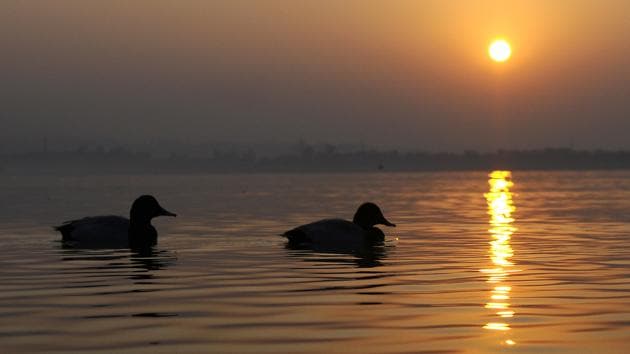Why let science disrupt a party
There are as many New Years as there are cultures; with each culture choosing to mark the turning of the year in its own way
As the Earth completes its journey around the sun, ready to embark once more on its annual trip, people around the world are preparing to celebrate the beginning of another new year. However, the date January 1 is the new year only according to the Gregorian calendar, which was first introduced in October 1582. While it is true that the Gregorian calendar has now been adopted as the civil calendar used for official purposes by most countries, there are a number of different calendars widely in use across different regions of the world, leading to the celebration of many New Years throughout the Gregorian calendar year.

Iran (one of the few countries that have not yet adopted the Gregorian calendar), celebrates its New Year Nowruz on the day of the Northward Equinox, usually March 20 or 21, which marks the beginning of spring. This New Year’s day is also celebrated by Zoroastrians across the world including Parsis in India. The Balinese New Year Nyepi is also celebrated during the month of March, and falls on the lunar new year based on the Saka Calendar. In India too, the new year is celebrated in the months of March-April on the same day under different names in different regions such as Ugadi (in Andhra Pradesh, Telangana, Karnataka), Navreh (in Kashmir), Gudi Padwa (in Maharashtra) and Cheti Chand (Sindhi New Year). Similarly, the Tamil, Punjabi, Maithili, Odia, Malayali, Nepali and Sinhalese New Years are also celebrated in the Gregorian month of April to mark the beginning of spring. The Islamic New Year falls on Muharram, Gujaratis celebrate New Year the day after Diwali, Chinese New Year is on the new moon day of the first lunar month, Tibetans celebrate the New Year as Losar somewhere between January and March.
There are as many New Years as there are cultures; with each culture choosing to mark the turning of the year in its own way. Each of these calendars has tried to grapple with the mathematics of the earth’s revolution around the sun. The time that the earth takes to complete one revolution around the earth has proven to be pretty hard to break into equal pieces so that all calendars have had to add some mechanisms to ensure that the seasons show up around the same time each year. Hindu calendars add an extra month once every four years, the Gregorian one has leap years…Essentially it isn’t always at the end of the actual year that we celebrate the turn. But why let science get in the way of a good party.






